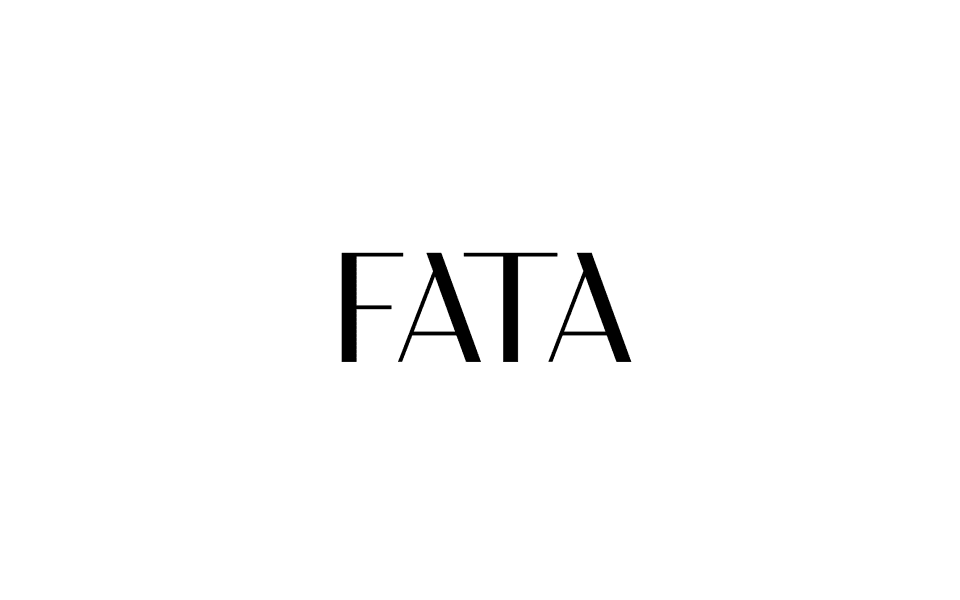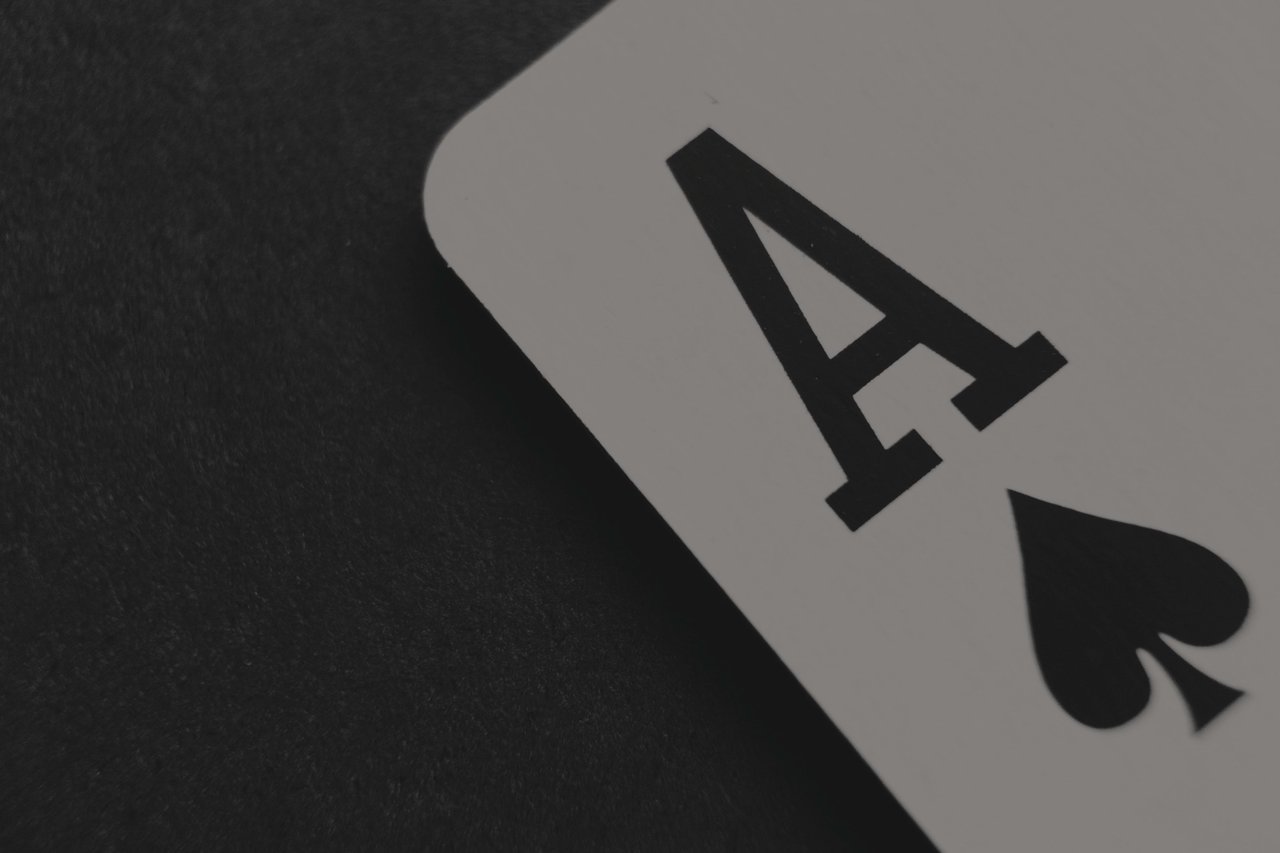Here's the difference between deposit and down payment when you're ready to purchase a home.
DEPOSIT
The deposit comes before the down payment and is typically 5% of the purchase price.
It's delivered when terms are agreed upon and paperwork is signed. It's given by a buyer in good faith and to show commitment. Then it's held in trust by (most common) the listing brokerage until closing.
It's important to have access to the deposit money prior to your offer on a property as it's required 24 hours upon acceptance, unless otherwise agreed upon.
The deposit is released to the seller when the property closes. If the buyer fails to fulfil their obligations and can't close, the deposit may be forfeited.
DEPOSIT STRATEGY
If a buyer finds themselves in a multiple offer situation, a higher deposit may appeal to a seller.
A higher deposit upfront gives a buyer 'financial credibility' and the seller may trust this buyer to fulfil all obligations and close the home without issue over those who came in with a lower deposit.
Having your deposit "IN HAND" (you already picked up the cheque from the bank), will also show a buyer your commitment to the purchase.
DOWN PAYMENT
The down payment is paid at the time of closing. This is when the ownership or title is transferred to the buyer. It is the larger sum of money contributed by the buyer towards the total cost of the property.
In Toronto, a minimum down payment is required to secure a mortgage. This depends on various factors such as the price of a home and the type of mortgage.
FIRST THINGS FIRST
The first thing you need is an understanding of your buying power. Do this by consulting with a mortgage broker or your bank.
FATA REAL ESTATE GROUP
Success starts at home.
Email us today to learn about what your options are : [email protected]






